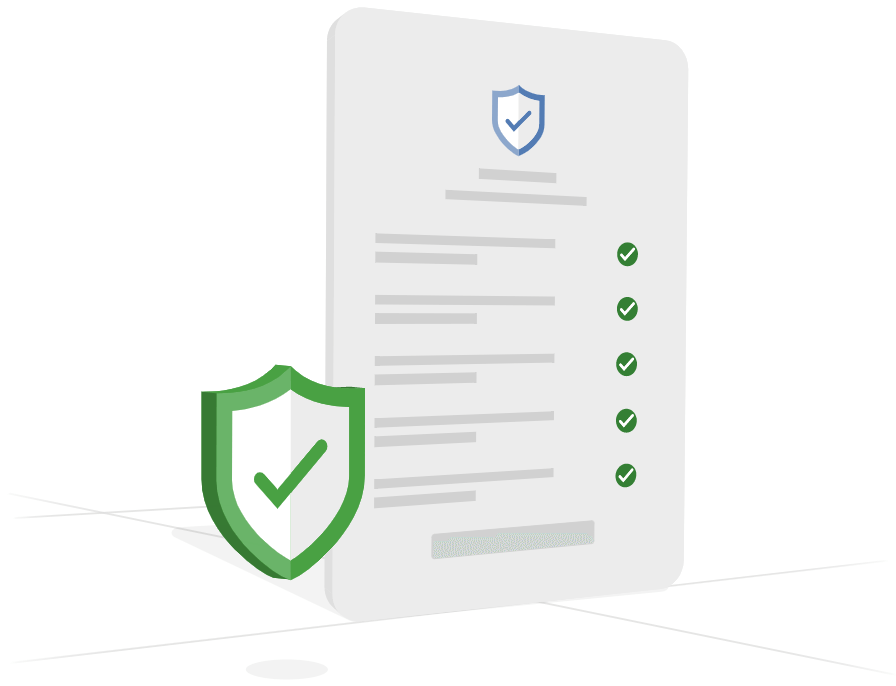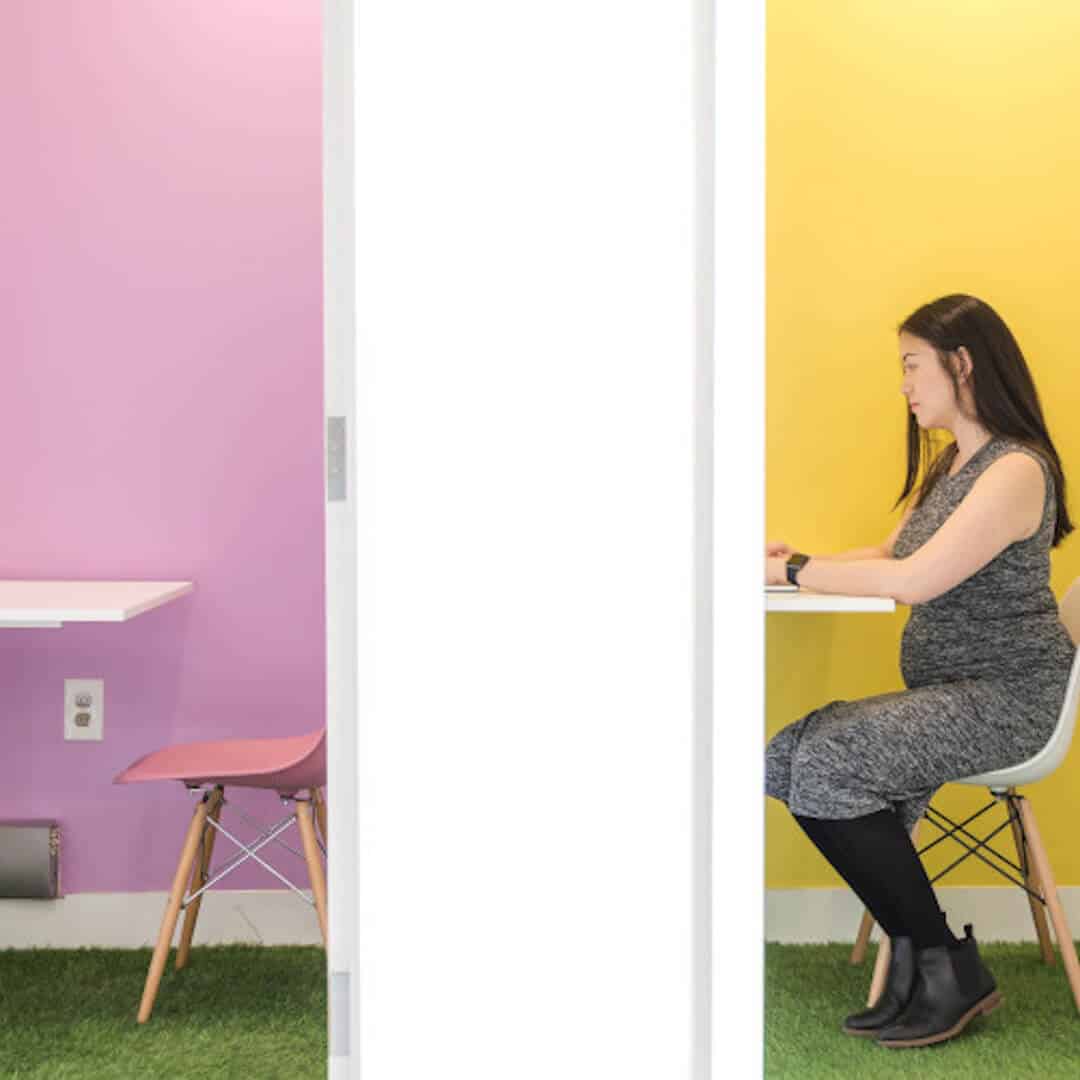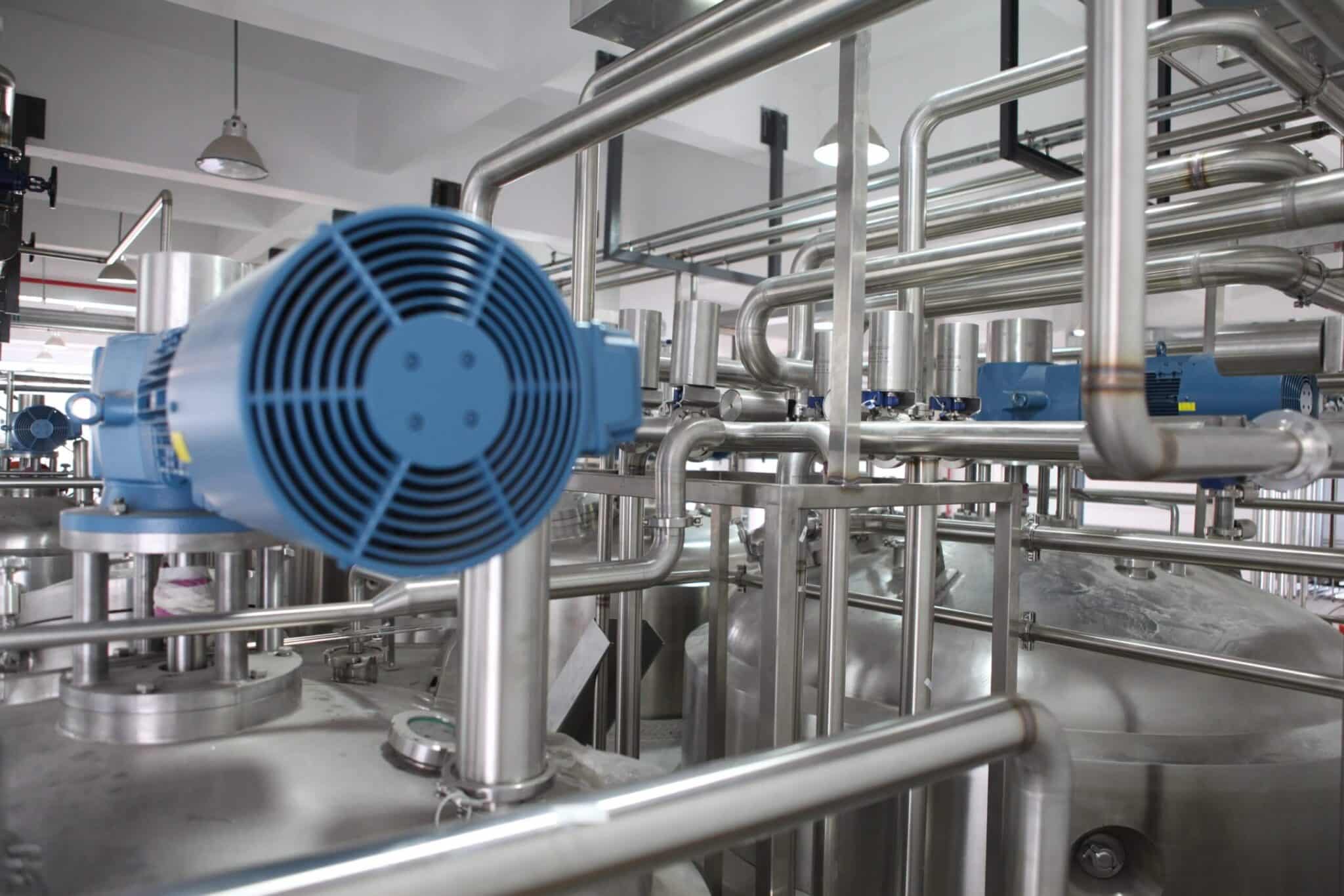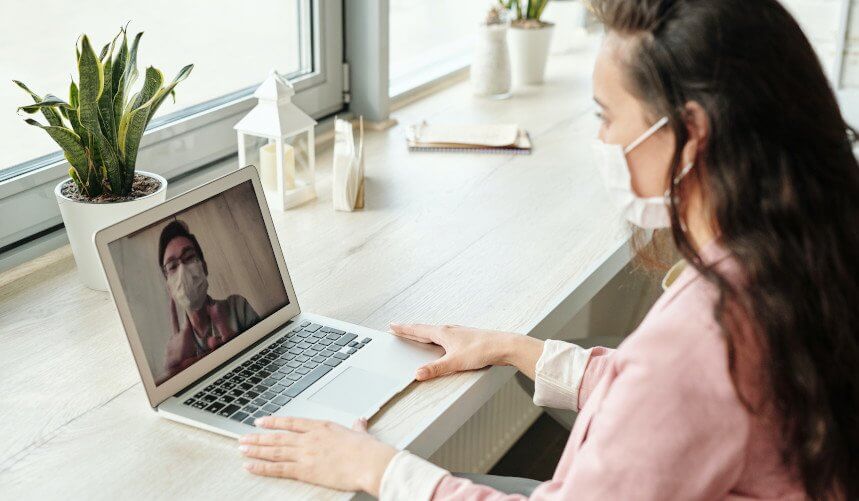Is your company planning to return to the office after months of working from home?
With the world continuing to battle COVID-19, proper workplace safety should be a top priority for all facility managers (FMs). But where to start?
Companies can learn a lot from organizations that have safely gone back to the office. New Zealand and parts of Asia have implemented precautions for employees to follow to keep the office free of the coronavirus. Tactics like testing and contact tracing, health screens, enhanced cleaning protocols, physical distancing, and more have helped various companies mitigate the spread of COVID-19.
In this article, we’re breaking down a few ways facility managers can properly prepare for a safe transition back to the office.

Implement health screenings and contact tracing
One of the best ways to stop the spread of COVID-19 is to prevent it from entering the building at all.
Health screenings and temperature checks are an excellent way to verify that all employees who enter the building are healthy to the best of their knowledge. While these precautions aren’t 100% effective, they do weed out many potential risks. They also keep otherwise healthy employees away from sick employees.
Some companies require their employees to take a health questionnaire before reporting to work each day. This screen is typically completed online and at home. That way, if there is any potential risk, the employee is not in the office.
What should you include in these health screens? Whether you administer the questionnaire by email, a simple online form, or a feature like Safeguard, be sure to add the right questions, such as:
- Have you had any COVID-19 related symptoms in the last 2-14 days, including fever or chills, cough, shortness of breath, or difficulty breathing?
- In the previous two weeks, have you knowingly come into contact with someone who has been diagnosed with COVID-19?
- Has anyone you lived with recently been diagnosed with COVID-19?
- Have you or someone in your household recently traveled?
Make sure the questions are straightforward and can help verify if an employee is a potential risk. Though it’s recommended to administer health screens online, if you opt to run them in-person, be sure to maintain proper health safety precautions. This includes wearing personal protective equipment (PPE), physical distancing, and sanitizing items like pens and tables if shared.

Various companies, specifically in Asian countries, have also deployed a contact tracing system. If an employee confirms a positive COVID-19 diagnosis, you can use contact tracing to pinpoint the source of origin.
Contact tracing is beneficial for several reasons:
- Identifies areas of potential exposure
- Informs those who have come into contact with a potentially exposed person to quarantine immediately
- Reduces further spread of the virus
If an employee does test positive or confirms they’ve been exposed to the virus, desk booking software can help with contact tracing.
For example, let’s say that an asymptomatic employee has been in the office while unknowingly carrying the virus at the time. They learn of their exposure and start to quarantine. If in place, the FM team can determine where they were sitting while in the office and determine which other employees should get tested or quarantine.

Require PPE and additional safety precautions
There’s no question that PPE and other health measures like physical distancing, enhanced cleaning, and sanitizing stations are critical for a safe work environment.
We know that PPE, such as gloves, masks, and plexiglass, act as physical barriers against the virus. In addition, according to the Centers for Disease Control and Prevention (CDC) guidelines, it’s encouraged to cover your nose and mouth with a face cover or mask when around other people.
So, requiring that employees wear at least a mask while in the office should be a fundamental part of any return to work plan. This is especially true if staff are in close contact with each other, in smaller offices, or in areas that make it possible to physically distance.
Encourage employees to bring their own masks to work, but it’s smart to have some on hand in case. Depending on your desk set up (open vs. cubicle), you may need to add other PPE to the office. For example, installing a plexiglass wall through the middle of shared desk space would allow for extra safe space between employees.
OfficeSpace’s Scenarios feature makes it easier to imagine different desk layouts so you can be safe from the start. Create versions of your floor plans and choose the one that’s most conducive to a safe and productive work environment.
Keeping employees informed on the changes in the office will be critical for a smooth transition. Therefore, signage should be part of your return to work plan.
Examples of signage may include:
- Locations of hand washing and sanitizing stations
- Directional arrows for hallway and corridor traffic
- Off-limits desks and spaces
- Cleaning protocol of kitchen and shares spaces

Limit building occupancy
When determining how physical distancing will factor into your return to work plan, you must assess your minimum viable capacity. Tools like OfficeSpace’s Distancing Planner calculate this number for you so you know exactly how many individuals can be in your office at a time to adhere to physical distancing. This software can also help you design new seating arrangements based on this number.
Once you have your updated seating plan, desk booking technology can help FMs manage each desk’s use. For example, if employees will be on a rotating shift schedule, they can book the desk they want via any device during the days they’re in the office. This way, there’s no double booking, confusion about who’s sitting where, and confirmation on which desks need additional cleaning. Plus, this offers employees peace of mind knowing they have a dedicated, sanitized desk to work from each day.
A safe return to work is no small task, even for the most seasoned FM. To make it easier, consider tools like OfficeSpace’s Safeguard, which allows FMs to create fully customized forms to keep you in compliance with local regulations and safety protocol.
Safeguard helps FMs inform employees of communications, like logistics for entering the building, work shifts, and cleaning procedures. Because Safeguard integrates with OfficeSpace’s Desk Booking technology, it prevents potentially at-risk employees from checking into their desks.

Ensure the health of your building
We know that COVID-19 primarily spreads through person-to-person contact, but it’s critical to account for other ways the virus can spread. According to the CDC, the virus spreads through respiratory droplets, potentially traveling through your building’s systems.
Therefore, assessing your building’s HVAC system is just as important as physical distancing and PPE. To ensure the quality and hygiene of the air circulating the building, implement frequent flushing and cleaning of the HVAC system. This is especially crucial if your building systems haven’t been turned on for weeks due to quarantine.
Make sure all components and equipment are up to code and functioning properly. This will ensure high-quality building health, but it will also prevent any malfunctions that could jeopardize employees’ health.
In addition to the air quality, the CDC recommends monitoring and checking your building’s water quality. Like your HVAC system, if your faucets or pipes haven’t been used in quite some time due to quarantine, the potential for mold, pests, or stagnant water is something to consider.
A sound building automation system will help monitor your building’s health from your HVAC system to your water supply. Tools like OfficeSpace can also integrate with sensor technology to do things like track occupancy, so you’ll always be in the know of issues before they happen or get out of control.
Safety should be the top priority of your return-to-office plan
Preparing for a return to the office may feel overwhelming, especially as health safety guidelines and state restrictions continue to evolve. Technology can make this transition easier to manage from a logistical and a safety standpoint.
Is your company transitioning back into the workplace? How has the shift been for you and your team? Leave us a comment or send us a tweet and tell us about your experience.
Photos: Photo by Edward Jenner, Markus Winkler, Lucas Guimarães





